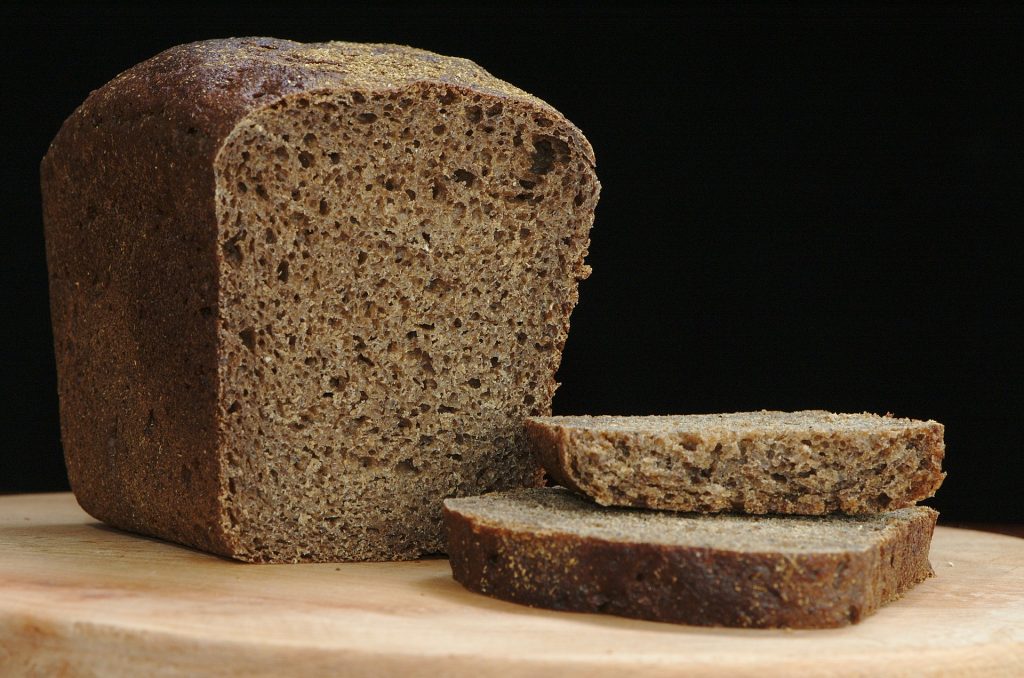Rye, in all of its delicious and healthy forms, deserves a place in your pantry!
Rye is a staple grain in Eastern Europe and Scandinavia and is used to make popular breads, including pumpernickel and Boston Brown Bread. Many of us associate rye with the flavor of caraway, which is the classic herb added to rye breads.

Why Eat Rye?
- Rye is a grain with high levels of antioxidants. It is also an excellent source of fiber and manganese.
- It also provides iron, magnesium, copper, and selenium.
- Rye has a delicious, hearty, and distinctive flavor.
- It is linked to improved bowel health and blood sugar control.
Varieties
Rye flour ranges from dark to light. The dark flour is whole grain and contains more of the nutritious outer layers. Rye is also available in flakes, whole berries, and cracked.
How Do I Use Rye?
- Rye flour is wonderful in breads and other baked goods. Try it in place of wheat, spelt, or brown rice flours.
- Flaked rye makes a delicious and satisfying breakfast cereal.
- Serve whole rye berries as a side dish, in soups, or in salads. They are a great alternative to other grains like brown rice or bulgur.
Did You Know?
One traditional method of making rye bread is to use the whole kernels (also referred to as ‘rye berries’) instead of grinding them into flour. The berries are first soaked, and then a sourdough culture is added before baking.
Like wheat, rye contains gluten and should not be consumed by those with gluten-related disorders, such as celiac disease or gluten sensitivity.


